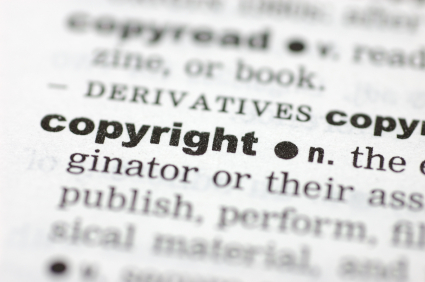Generally when people blog, there will be at least one picture to accompany it. In SEO terms we need to make sure these images are optimised, sourced well and probably more importantly do not infringe copyright. This post will hopefully give you some handy tips to make sure you get it right.
What Are Copyright Free Images?
A surprising amount of people simply use Google images to find a picture they like and use it on a blog post as their own. In reality the only way you can actually use an image without the fear of punishment is if you made or took the picture yourself.

The only pictures that are actually copyright free are those which are classed as public domain and have no copy attached. Even if you decide to use a public domain image, it does not then become owned by you, this is because the image copyright cannot be restored.
Is there anywhere on the web I can find quality images?
There are actually more picture libraries than you might first assume. Most of these give anyone access to a vast, ever-growing range of images. Some of these sites can be quite expensive, but there is a choice of great, easy to use picture libraries which are very reasonably priced, if not free. A number of the sites provide images where the author/owner of the image has given permission for others to use their work as long as it meets specific criteria. This is known as Creative Commons. The most open of these licences is the ‘attribution’ licence; this is where the only thing you have to do to use the image is to credit its owner.
Here is a list of some good Creative Commons sites:
- Flickr
- Compfight.com
- FreeFoto.com
- FreeImages.co.uk
- OpenPhoto
- PicFindr – This site is particularly helpful as it searches across a number of free to use image sites at the same time.
Optimising Images
A lot of people don’t even think about optimising their images. A great start is to use the ALT text in your web site HTML to include your keyword(s) and the name of the image. The ALT text describes the image to the search engines and is crucial in creating a match when people search. The TITLE tag will appear when the user hovers over the image.
Including text with related keywords around the image itself will also help for Search Engine Optimisation purposes, as will using .jpg format wherever possible.
The images you choose should no longer just be about the aesthetics. Images can help your pages rank higher when they are optimised properly. Ensure to not only change the file name and write a suitable ALT tag, it’s also advisable to link the image to a post on your site which the reader may also find useful. This in turn gives more traffic to the site in question.
If you are using WordPress, remember to use the SEO Friendly Images plug-in, which does all the hard work for you by updating your images automatically with the correct ALT and TITLE attributes.
What Can Happen if You Violate Copyrights
Copyright infringement can be very serious. If you are caught, you will at the very least be made to remove the infringing image(s) from publication.
If someone decides to take legal action, you could be subject to a civil lawsuit that could be financially devastating.
If it is classed as a deliberate violation, you could be faced with criminal penalties, which could lead to a hefty fine and in some cases long prison sentences. My advice is don’t risk it!
If you have any advice, suggestions for good free stock imagery sites or any real life experiences of trying to use and optimising stock images online we would love to hear from you. All comments welcomed.


